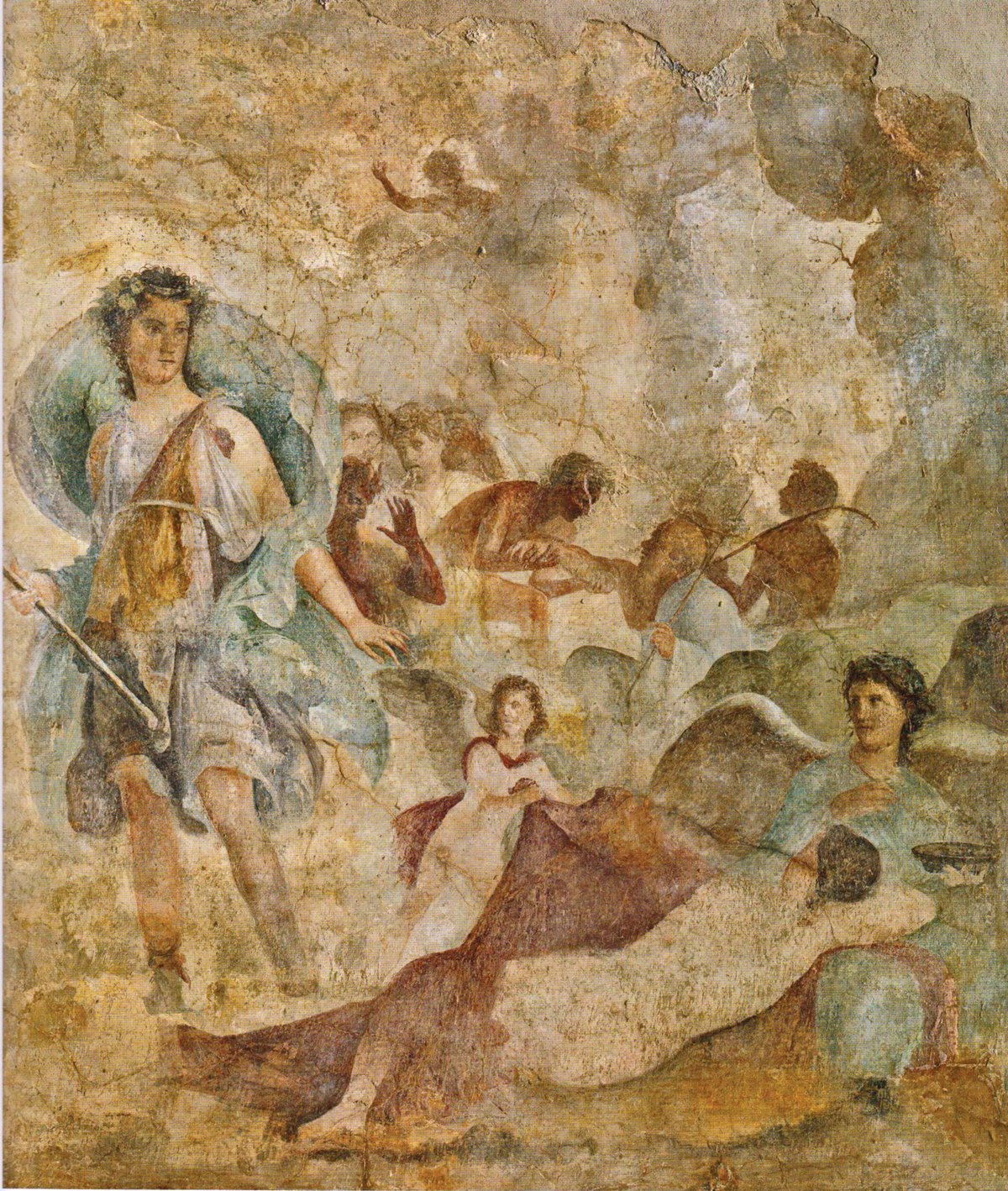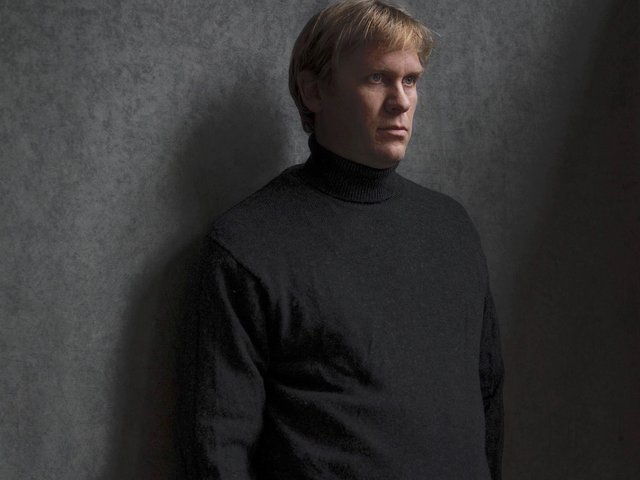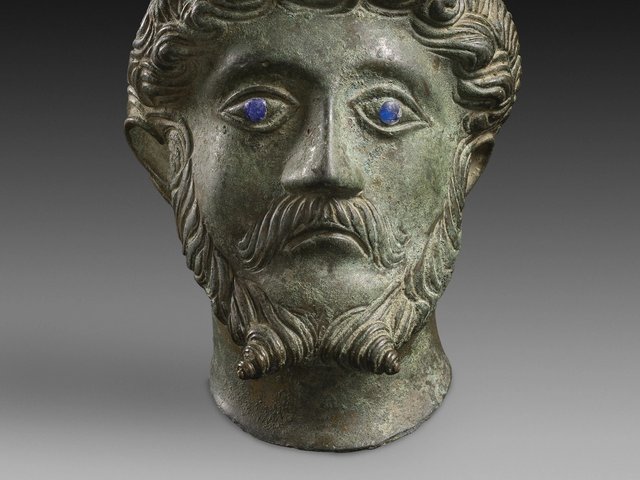While waiting in southern Italy to part from her husband Marcus Brutus during the Roman civil wars, the aristocratic Porcia found herself overcome with emotion in contemplating a mythological picture. This was a painting of Andromache and Hector taking leave of each other at Troy through which Porcia made a detailed comparison of her sad situation with that of the Trojan heroine. Porcia and Brutus were top-level Roman viewers: they breathe the refined air of Hellenic literature, art and mythology.
At some distance towards the other end of the social scale, however, we also find an ageing citizen, one Allius, comparing his deceased girlfriend with the heroine-huntress Atalanta—the point of comparison is her beautiful legs. He had shared her with a friend in a long and harmonious threesome, and he and this companion, Allius writes, were as close as Orestes and Pylades. Romans of many social stations saw themselves in the refracting mirror of Greek heroic myth. In poetry and pictures, their emotions, experiences and aspirations were mediated and intensified by mythological comparison and contemplation.
Greek myth pervaded Roman art and figured artefacts well into late antiquity, and the large Hellenistic back catalogue of mythological images provided a protean and expressive repertoire capable of responding to almost any contemporary need. We want then to understand Roman choices: why that heroic story for this place, time and context, and how were its inherited visual schemes, which made the story recognisable, adjusted for its new setting?
The interaction of Roman life and Greek visual myth has been a fertile area of recent research, and Zahra Newby’s excellent new book, Greek Myths in Roman Art and Culture, distils some of the best work on this subject and adds its own perspective—that of rhetorical exemplarity. It is concerned principally with three large bodies of mythological art: villa statuary, Pompeian wall painting and Roman sarcophagi. One of its many strengths is its carefully researched presentation of the precise contexts in which the art was experienced. Breathtaking marble groups from aristocratic seaside villas, romantically themed fresco pictures in the houses of provincial Pompeian office-holders, and small marble sarcophagi from the tomb interiors of Ostian craftsmen need all to be assessed rather differently, according to their context and function.
With such sensitivity to context, it is surprising that class and social level are here vigorously excluded from any shaping role. It should by now be clear that much of Roman art under the Empire comes from its socially middling levels: tradesmen, contractors, workshop owners and prosperous ex-slaves. And although there is nothing particularly middle-class about individual choices of mythological art, it remains significant and interesting to find out which myths in aggregate were in fact favoured at such levels. The class aspect of the extraordinary body of second-century sarcophagi that carry mythological friezes can be documented and is perhaps more pointed than current thinking allows. A lot were certainly for non-elite buyers, and they have among the most extraordinary range of mythological narratives from antiquity. Their densely packed and brilliantly imbricated scenes, run together in continuous friezes, are also unusually difficult to read.
Without detailed knowledge of Euripidean drama, a viewer would have no idea what is represented, for example, on Medea sarcophagi. In what ways the peculiar mythological choices of these sarcophagi intersected with class is a large open question—but one worth asking. If buyers were busy middle-level urban entrepreneurs, they were less likely to be familiar with the elite texts of the kind that many modern sarcophagus interpreters would like them to have been reading. Newby would like to see in mythological art at Rome “storehouses of rhetorical exempla”—that is, images that formulated exemplary ideas about Roman behaviour and identity such as we know from texts. She is then a bit surprised that the art studied is not really interested in the iconography of Roman manliness, piety and moral behaviour. It is observed correctly that the art could have been full of uplifting stories from early Roman history but they are almost nowhere to be seen. Further, the subjects that were chosen also rarely answer to this prescription (if needed, Greek myth had indeed plenty of pious stories of family concord and fierce patriotism). It is perhaps better then to leave the exempla and their moralising texts where they belong, in another part of the complex Roman cultural landscape, and to concentrate on the visual claims of the surviving art in its local contexts.
Some aristocratic old-school Romans under the Empire may have continued to see their lives in terms of distinctively “Roman” values. Most others, however, seem to have cared, at least in the privacy of their houses and tombs, more for the palpable, seductive power of certain kinds of Greek visual myth—those with pervasive nudity, sumptuous evocations of high living, high-pitched emotionality, danger, tragedy and erotic allure. This was the mirror in which Romans chose to contemplate their refracted vision of Hellenistic-style self-fulfillment.
• R.R.R. Smith is the Lincoln professor of classical archaeology and art at the University of Oxford with research interests in Greek and Roman art, and the author of The Last Statues of Antiquity (2016, with Bryan Ward-Perkins)
Greek Myths in Roman Art and Culture: Imagery, Values and Identity in Italy, 50BC-AD250
Zahra Newby
Cambridge University Press, 392pp, £70, $110 (hb)





